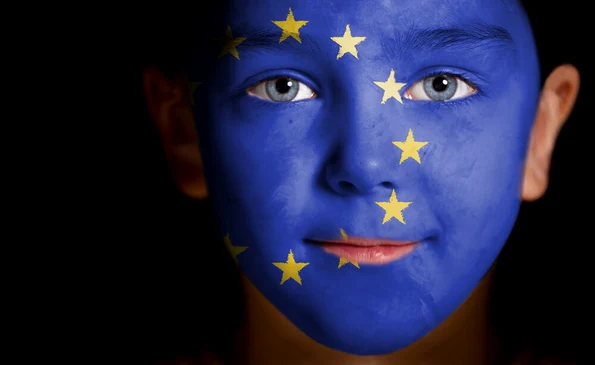
National Identity vs. European Identity: Can They Coexist?
In the cafés of Paris, the beer halls of Bavaria, and the quiet towns of rural Poland, a complex question brews beneath the surface of European life: Who are we, really?
For decades, the European Union has stood as a bold experiment in unity — a supranational project weaving together diverse nations through common laws, currency, and ideals. But as nationalism surges across the continent, the delicate balance between national identity and a shared European future faces its greatest test yet.
Torn Between Flags
A 2024 Eurobarometer survey revealed a telling paradox: while a majority of EU citizens express pride in being European, most still identify more strongly with their nation. A Frenchman is French before he is European. A Finn, a Finn. This emotional hierarchy isn't surprising — after all, culture, language, and history are deeply rooted in the local.
Yet this prioritization often breeds friction. From Poland and Hungary’s pushback against Brussels on judicial independence and migration, to Italy’s flirtations with populist politics, the tug-of-war between national sovereignty and EU integration is intensifying.
Diverging Worldviews: Europe vs. America
Part of the tension around identity in Europe stems from deeper cultural contrasts — especially when compared to the American model. In the United States, national identity is often built around a shared narrative of opportunity, individualism, and a unifying constitution. By contrast, Europe is a mosaic of ancient cultures, each with its own language, mythology, and historical wounds. Where Americans may see strength in melting-pot unity, many Europeans value preservation — of tradition, dialect, and local governance. This leads to differing expectations of what “unity” should look like. While the U.S. tends to celebrate assimilation, the European model wrestles with how to harmonize diversity without dissolving it. This philosophical divide adds another layer of complexity to Europe’s quest for a shared identity.
The New Nationalism
Nationalist rhetoric — once taboo in post-war Europe — has made a roaring comeback. Leaders like Marine Le Pen in France and Viktor Orbán in Hungary champion “Europe of Nations” over a unified superstate. Brexit, once viewed as an outlier, now looms as a cautionary precedent, or an inspirational one, depending on the political lens.
Euroscepticism is no longer confined to the fringes. It taps into a potent mix of economic anxiety, migration concerns, and cultural preservation. For many, the EU feels distant, technocratic, and indifferent to the nuances of national life.
Unity in Diversity: The Paradox in Practice
Yet, paradoxically, some of the strongest advocates for local identity are also enthusiastic participants in the European project. Take Scotland, where pro-independence movements are often paired with pro-EU sentiments. Bavaria, with its distinct traditions and economic might, sees itself both as German and as a pillar of European strength.
These regions offer a compelling counterpoint: perhaps national and European identities are not mutually exclusive, but mutually enriching.
EU programs like the Erasmus+ exchange, cross-border infrastructure investments, and regional development funds have helped bolster both local pride and a broader sense of belonging. A young Scot studying in Spain may feel more European than previous generations ever could — without losing touch with their roots.
The Youth Factor
Nowhere is the battle for Europe’s identity more alive than in its classrooms and campuses. Europe’s youth, born into an era of open borders and dual citizenships, often embrace a cosmopolitan outlook. They travel, learn languages, and form relationships across cultures with a fluidity unthinkable to their grandparents.
Education plays a pivotal role here. Initiatives promoting EU history, multilingualism, and civic engagement are laying the groundwork for a new kind of identity — one that is layered, dynamic, and shared.
But this vision is fragile. Youth disenfranchisement, high unemployment in parts of Southern Europe, and digital echo chambers can all erode the optimism needed to sustain it.
The Road Ahead
Can national and European identities coexist? The answer may lie not in choosing one over the other, but in redefining what identity means in the 21st century. Like concentric circles, people may identify with a town, a region, a country, and a continent — all at once.
The EU’s future will depend on its ability to respect these layers without flattening them. It must listen as much as it leads, empower without erasing. Integration need not mean homogenization.
As Europe charts its path through climate crises, geopolitical tensions, and technological upheavals, the strength of its identity — national and collective — will be tested. The real challenge isn’t whether these identities can coexist, but whether they must if Europe is to thrive.
















